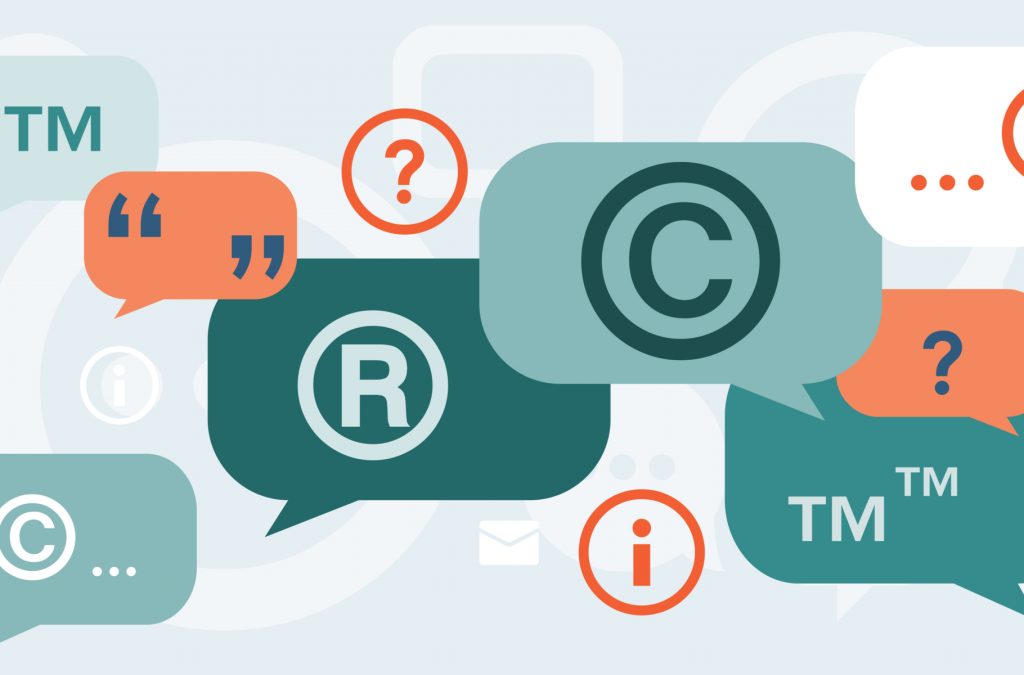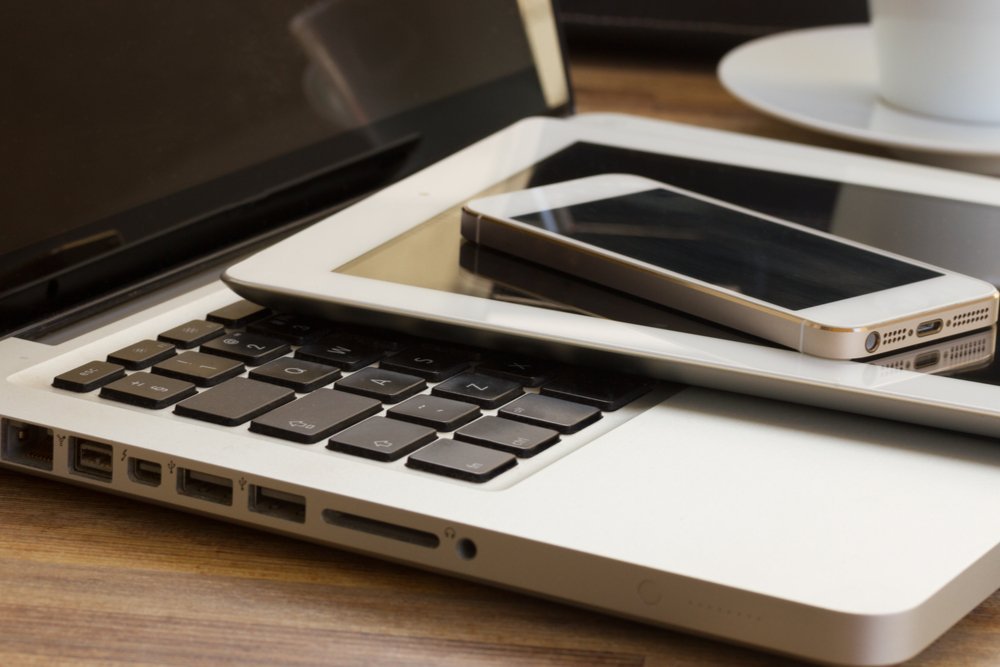What is Brand Protection and Why is It Important?

Brand protection involves preventing any unauthorized use or plagiarism of your materials. Essentially, it’s the legalese and procedures that ensure what’s yours is officially recognized as such. That means registering for the right kind of intellectual property protection for each of your brand’s assets.
Copyrights, Trademarks and Patents
Copyright is established by default for a variety of works including photographs, sound effects, novels, computer programs and more. But you’ll need to register anything that identifies your organization and your services (from brand names to logos) as a trademark. If you’re developing or designing new services, then your protections of choice extend to patents (for entirely new products and tools) and design patents or rights (for the visual features of said products).
Battling for Intellectual Property Rights
The online world is the largest platform you have—but it’s also an active public space that makes you vulnerable to malicious attacks and accidental infringements. Responding constructively to negative feedback on social media might spring to mind first, but keeping your brand in good graces runs deeper than that. Your brand name, logo, slogan and everything else that defines your identity and characterizes your value to customers is now more accessible than ever. Unfortunately, that audience includes those who might take a bit too much inspiration from your awesome work.
It’s every company’s worst nightmare: you’ve got the next big idea, and you’ve spent time, money and creative brain power on developing it (be it a product, app, campaign or initiative). Then your work leaks online, and if it’s unregistered and unprotected, it’s up for grabs for others to commercialize. The likelihood, however, is that any dispute involving your trademark will be more subtle than that.
Beyond theft of intellectual property, many companies will go to battle over logos that bear similarities or the profitability of domain names. Starbucks and Bull Pulu Tapioca, for example, went to court over similar green-and-white marks; GoDaddy and the Academy Awards, on the other hand, argued over the use of academyawardbuzz.com and 2011oscars.com, among other URLs.
While large, established organizations (the Coachellas and Comic-Cons of the world) can fight for their brand identities without much in the way of recourse, small businesses are more likely to be consumed by the financial, reputational and time costs of litigation. Of course, this isn’t to say that underdogs can’t come out on top—for instance, Stone Brewing’s suit against MillerCoors looks set to tip in their favor after the court recognized their mark as “commercially strong”. But cases like these only reinforce the importance of brand protection.
Solid, distinguishable branding with a trademark registration to match can act as a deterrent against any attempts to ride your coattails, and could prove your most valuable legal defense should a conflict escalate.
Everything You Need to Know About Trademark Law

If knowledge is power (and it really is), then the more informed you are about trademark law, the better you can protect your brand. We’ve previously suggested some best practices, but it’s always worth being clear of the major takeaways.
Types of Trademarks
The U.S. distinguishes four types of marks, each with a different degree of legal clout, and what you’ll register your branding as depends on its relationship to your service:
- Arbitrary: These marks are for assets that are not inherently linked to the product they represent, like brand names “Kodak” or “Apple”. They aren’t used in place of “camera” or “smartphone” in the way that “Coca-Cola” has become synonymous with “cola” in our everyday language. Because of this, they are deemed highly distinctive and are granted a strong degree of legal protection.
- Suggestive: This one’s all about connotation—if a piece of your brand suggests rather than describes what it represents. For example, “Greyhound” implies a bus and “Q-Tip” implies a cotton swab, and as such, these words are often used in place of the generic term. Again, these trademarks are treated as highly distinctive and are protected as such.
- Descriptive: For marks that clearly tell something about the service (we’re not going to give you a prize for guessing what “British Airways” is). U.S. trademark law grants these marks a weak degree of protection, relying on secondary meanings to overcome trademark infringement.
- Generic: As the name implies, these marks have become functional descriptors that have no legal power in trademark disputes due to their genericism. Think “Band-Aid”, which has become so commonplace in our language that it can be used by almost anyone without repercussions.
Trademark Symbols
There are also some quirks with trademark symbols to get a handle on. You’ve probably seen trademark and service mark symbols (™ and ℠, respectively) along with the ® that denotes marks registered in the U.S. Patent and Trademark Office.
While you’re under no legal obligation to use these symbols with any of your assets, it’s wise to do so. Making your trademark presence known could ward off any deliberate trademark infringement, and failure to use the latter symbol does have some repercussions—you’ll lose your right to recover any damages or lost profits unless you can definitively prove that the defendant knew your mark was registered before infringing upon it.
International Trademark Law
In an increasingly globalizing world, it also pays dividends to think about trademark law beyond the U.S. borders. Trademarks are only nationally binding, so marking your brand in the U.S. alone doesn’t protect you against counterfeiting and trademark infringement in other countries.
Consider, too, how trademark law differs between nations: while the U.S. grants trademark rights to the first company or person to use the mark, countries like China and Mexico empower the first to file for it. Discovering that someone else owns your trademark rights is a much messier situation to rectify than applying for it yourself, and it may not be a bad idea to work out these international nuances with a professional.













